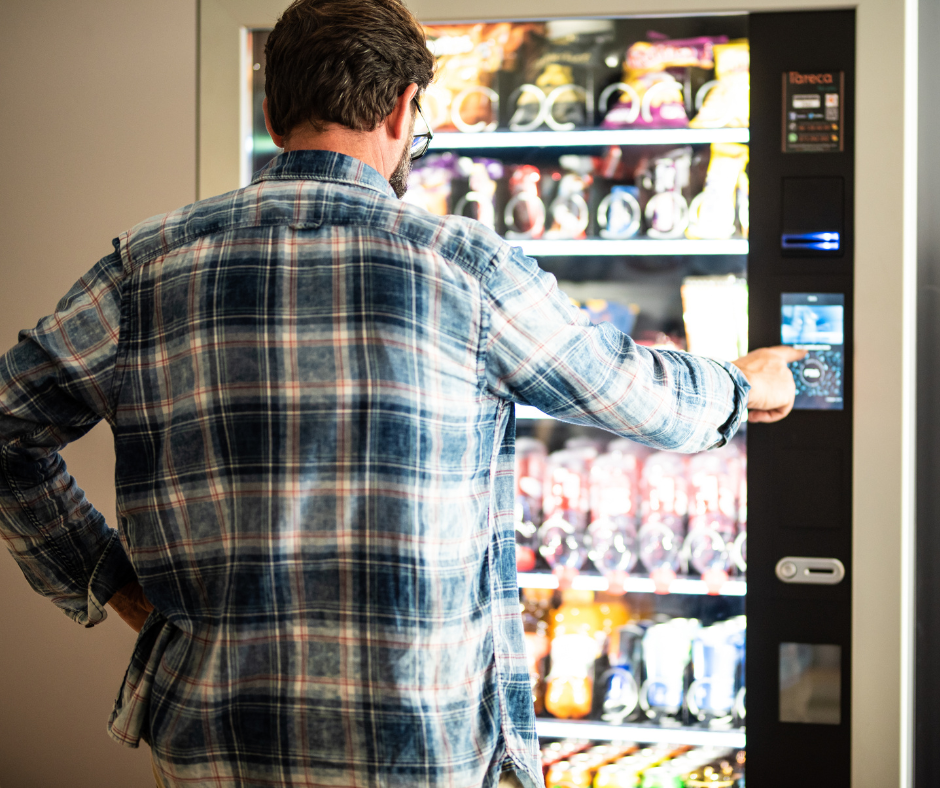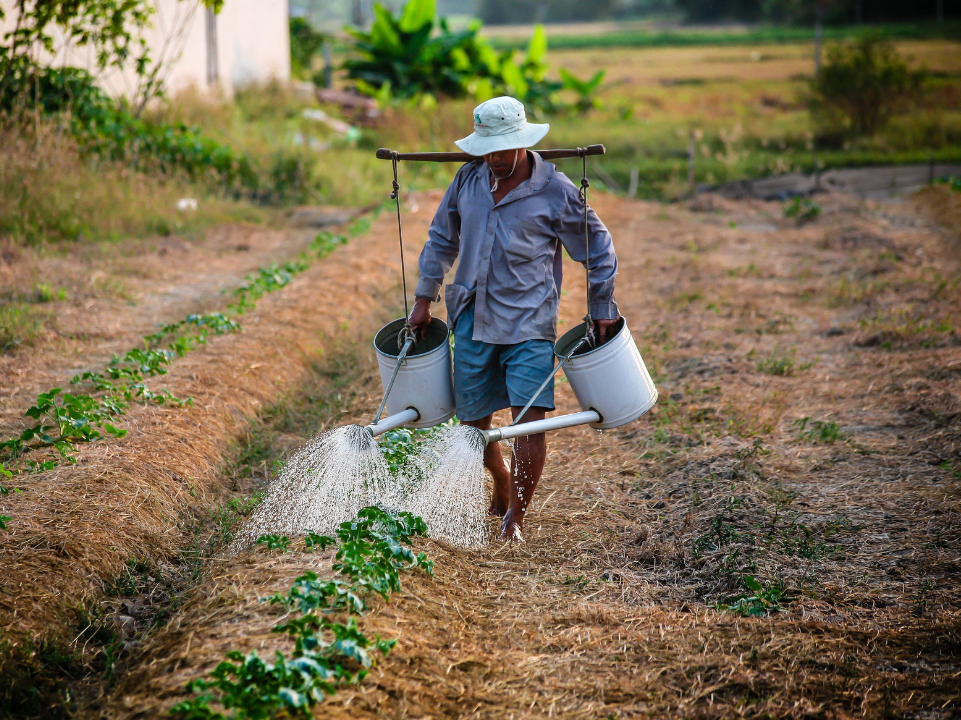Obesity kills 300,000 Americans annually – and more than half of the world’s population will be overweight or obese by 2035, according to a recent report.
While many people think of obesity as an aesthetic concern, it carries a high clinical and economic cost. A 2022 Bipartisan Policy Center report found 2020 obesity costs hit $248 billion in annual medical expenditures. (That’s 6.2% percent of total medical expenditures, if you’re curious.) Health spending models have found obesity is a bigger risk to public finances than smoking.
And there’s the reality that obesity can exacerbate diabetes, heart disease, stroke, several forms of cancer, musculoskeletal issues, reproductive disorders, kidney trouble, and sleep apnea. People with obesity are also three times more likely to be hospitalized for COVID-19.
There’s no denying that this is a sensitive topic. Simply bringing it up can make people feel defensive, hurt, and angry. Every year Americans spend over $20 billion on diet pills, weight loss programs, liposuction, and gastric bypass procedures. And some of the patients who fervently study BMI charts, intermittent fasting, and low-carb diets still struggle with being overweight.
That’s because basic information on nutrition and fitness is easy to come by; it’s what experts call “obesogenic” factors that make it so hard to change.

How did the obesity crisis happen?
When an overweight patient visits their physician, they’re often told to eat healthier and lose weight. There’s no denying that Americans eat more than we used to; according to the U.S. Department of Agriculture (USDA), the average American ate almost 20% more calories in the year 2000 than they did in 1983.
Some of that is due to our dependency on fast food, which now comprises 11% of the average American diet. (And – no surprise – the World Health Organization found that a rise in fast food sales correlated to a rise in body mass index.) There’s also the sedentary American lifestyle. The CDC says 80% of Americans don’t get enough exercise. Early humans didn’t live in our world of abundance; their physiology evolved to cope with food scarcity, their bodies learning to crave energy-dense foods and conserve energy as fat.
But telling people to exercise more and eat less doesn’t always work. Fitness and weight aren’t just a matter of self-control. They can be influenced by…
-
- Trauma and emotional overeating
-
- Genetics
-
- Lack of affordable and accessible healthy food
-
- Metabolic disorders such as hypothyroidism
-
- Promotion of unhealthy foods and food industry practices
-
- Lack of clinical treatment for obesity
Obesity is often more pronounced in poor countries and underserved communities. Consider a Native American reservation that lacks a supermarket or fresh food options and offers only a convenience store laden with salty snacks, pastries, and soda. Many Native communities have also been impacted by geographic loss and environmental poisoning, which reduced their food sources and disconnected them from their ancestral agricultural practices.

How can we lower obesity rates?
While the obesity crisis is multirooted, there are a number of mitigations that can address it, including:
-
- Making healthier food accessible. This includes providing more nourishing school lunches, vending machine options, and restaurant meals, and increasing the number of farmers markets and grocery stores in underserved areas. Agricultural support such as community gardens can be very successful on Indigenous lands.
-
- Encouraging physical activity. An affluent community is more likely to have fitness centers, bike paths, and parks, while its schools may offer a broader range of activities such as crew or pilates or summer travel teams – making it more likely students can find an activity they enjoy. But students in low-income communities are far less likely to participate in school sports, which can set them up for poor exercise habits throughout their lives.
-
- Restrictions on marketing unhealthy food. Similar to laws governing the promotion of tobacco and cigarettes, restrictions on labelling or marketing foods high in fat, salt or sugar can help people better understand the repercussions of their dietary choices.
-
- Behavioral counseling. Counselors trained in disordered eating and weight management can help patients explore the root of unhealthy eating habits and find other ways to relieve stress or reward themselves.
-
- Acknowledgement of obesity as a neurobehavioral health issue. We spent almost a quarter trillion dollars in 2020 treating conditions like diabetes, hypertension and heart disease, but targeted little funds for treating the obesity that contributed to those conditions for many patients.
-
- Revisit some federal nutrition and social assistance programs. Childhood obesity is more common than childhood hunger in the U.S. – yes, even in low-income households. Programs like the Child Nutrition Reauthorization, which covers the National School Lunch Program and Special Supplemental Nutrition Program for Women, Infants and Children can help improve food security for overweight children.
-
- Change provider attitudes toward obese patients. One study of overweight women found that 69% had experienced fat bias from their providers; 52% endured recurring fat bias. Still another study found 79% of respondents used food to cope with weight stigma. Changing that stigma can lead to more productive patient encounters that encourage healthier habits, rather than shame and overeating.

Building a Nourishing Culture
Tackling the obesity crisis effectively will involve the expertise of physicians, educators, psychologists, and policy makers. Our population didn’t get here overnight; changing our obesogenic culture will take time and multidisciplinary effort. Given that underserved communities often suffer the highest rates of obesity and have the fewest resources to deal with it, our intervention strategy should begin there

